Using mirrors in photography is an exciting way to add depth, symmetry, and creativity to your shots. Mirrors can turn a simple photo into something visually complex by playing with reflections, illusions, and framing to create stunning effects. Here’s how to effectively use mirrors in photography to capture unique, striking images.
1. Understanding Reflections and Composition
Mirrors naturally create a reflection, offering a second dimension to the photo. This second-image effect adds a layered complexity and can serve as a framing device. Consider what’s in both the mirror and its surroundings, balancing the main subject with its reflection for a compositionally strong image.
Tips for Composition with Mirrors:
- Place the mirror at an angle to capture reflections of objects or people that aren’t directly in front of it.
- Experiment with the rule of thirds in both the main image and reflection.
- Frame your subject so that the mirror reveals hidden parts of the scene, adding mystery.
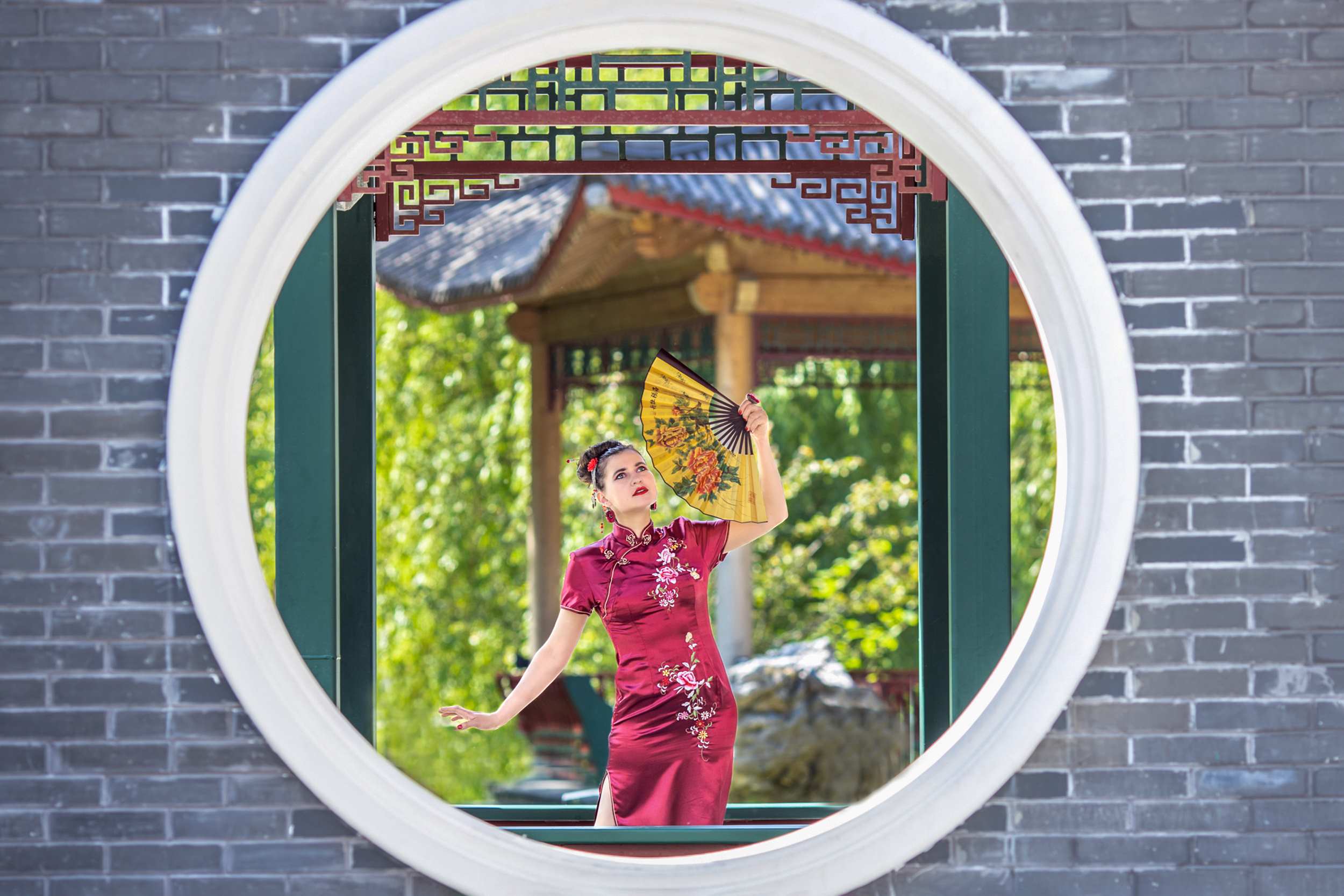
2. Enhancing Depth and Symmetry
Mirrors can make an image feel much larger and more layered, creating the illusion of depth and perspective. This is especially powerful in smaller spaces, as the reflection gives an expanded view.
Symmetry with Mirrors:
- Position your subject directly in front of the mirror for a perfectly symmetrical image.
- Use reflections to show two sides of the same object or person, creating an “echo” that’s visually satisfying.
- Place two mirrors opposite each other for infinite reflection effects, creating a tunnel of repeated images.
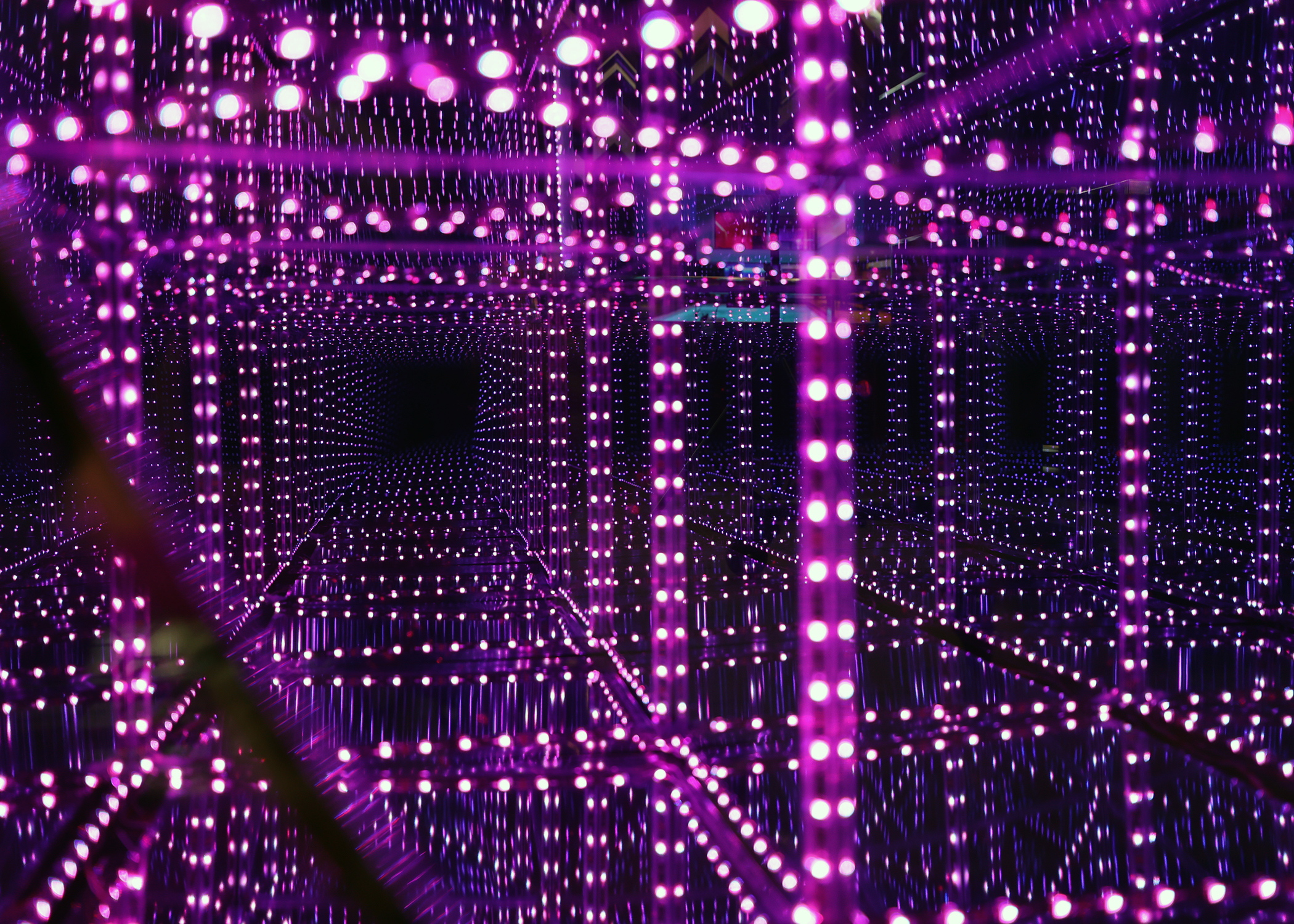
3. Experimenting with Angles and Perspectives
Mirrors allow you to experiment with angles and perspectives that would otherwise be challenging. By positioning yourself and your camera at various angles, you can capture reflections from different viewpoints.
Angle Techniques:
- Low angles can add drama, while high angles give a bird’s-eye view.
- Tilt the mirror to change the focus and create a unique perspective of your subject.
- Use wide-angle lenses to exaggerate depth and scale, enhancing the mirror’s effect.
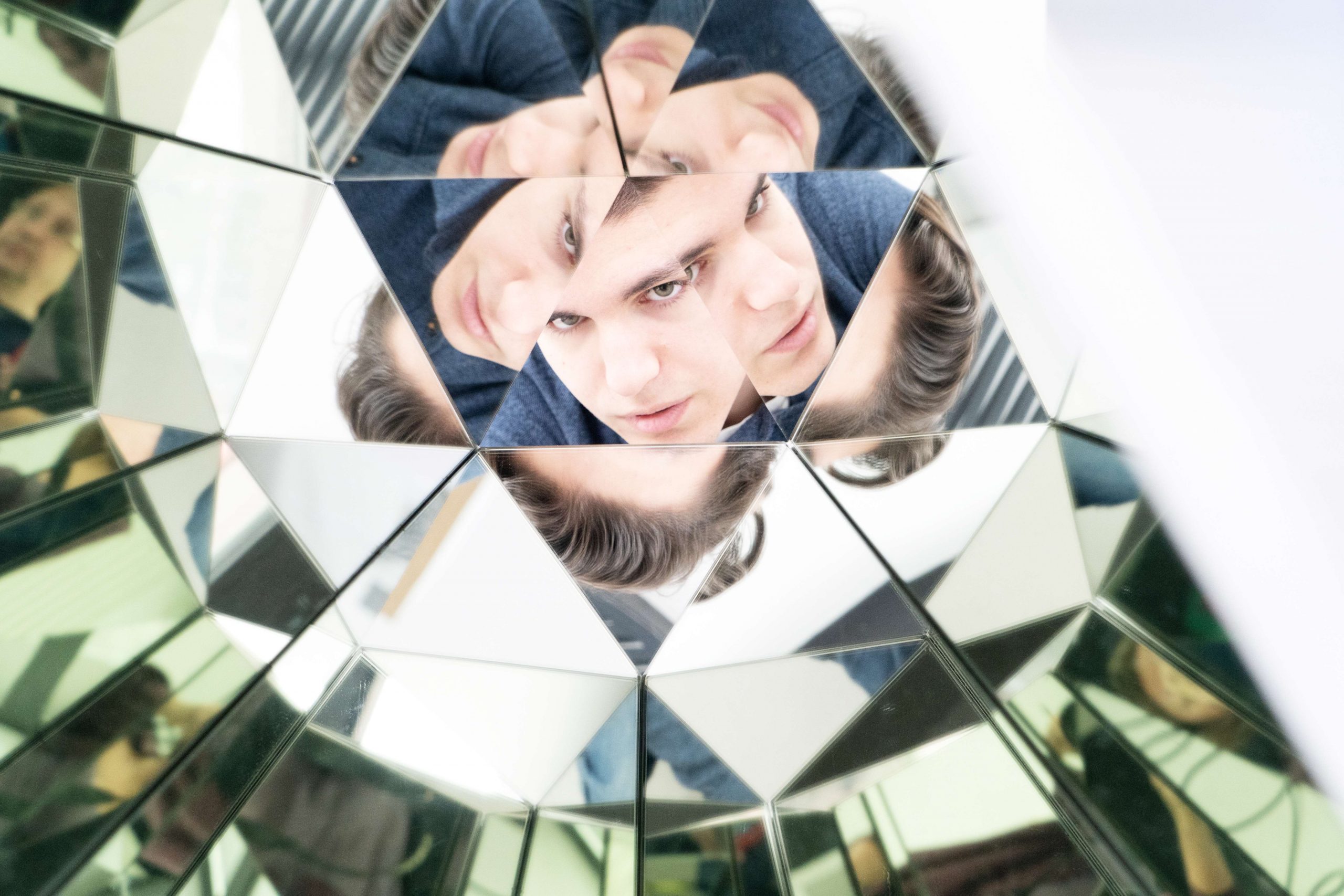
4. Creating Illusions and Playing with Reality
Mirrors have long been used in photography to create illusions, blending what’s real and what’s reflected. Placing a mirror in your frame can create a surreal scene, allowing you to merge different backgrounds or change the context.
Illusion Tips:
- Position the mirror in a natural setting, like a forest or field, so that it reflects a contrasting scene (e.g., a cityscape or the sky).
- Use handheld mirrors to add floating reflections in the foreground or background.
- Experiment with editing to remove the edges of the mirror, blending the reflection seamlessly into the frame.

5. Using Mirrors for Portraits
Mirrors in portrait photography can be used to capture profile and frontal shots simultaneously, or even “frame” the subject within the reflection. This gives portraits more emotion and depth.
Using a First Surface Mirror in this application would be highly beneficial. The First Surface Mirror has an optical coating on it that removes the Double Reflection you typically see on standard mirrors.
With a better reflection, you’ll get a more detailed outcome!
Portrait Mirror Techniques:
- Place the subject close to the mirror to capture both their reflection and their face, creating a dual perspective.
- Experiment with broken mirrors or fragments to reflect different parts of the face.
- Use a large mirror to include the whole body in the frame, with the subject looking directly at the reflection.
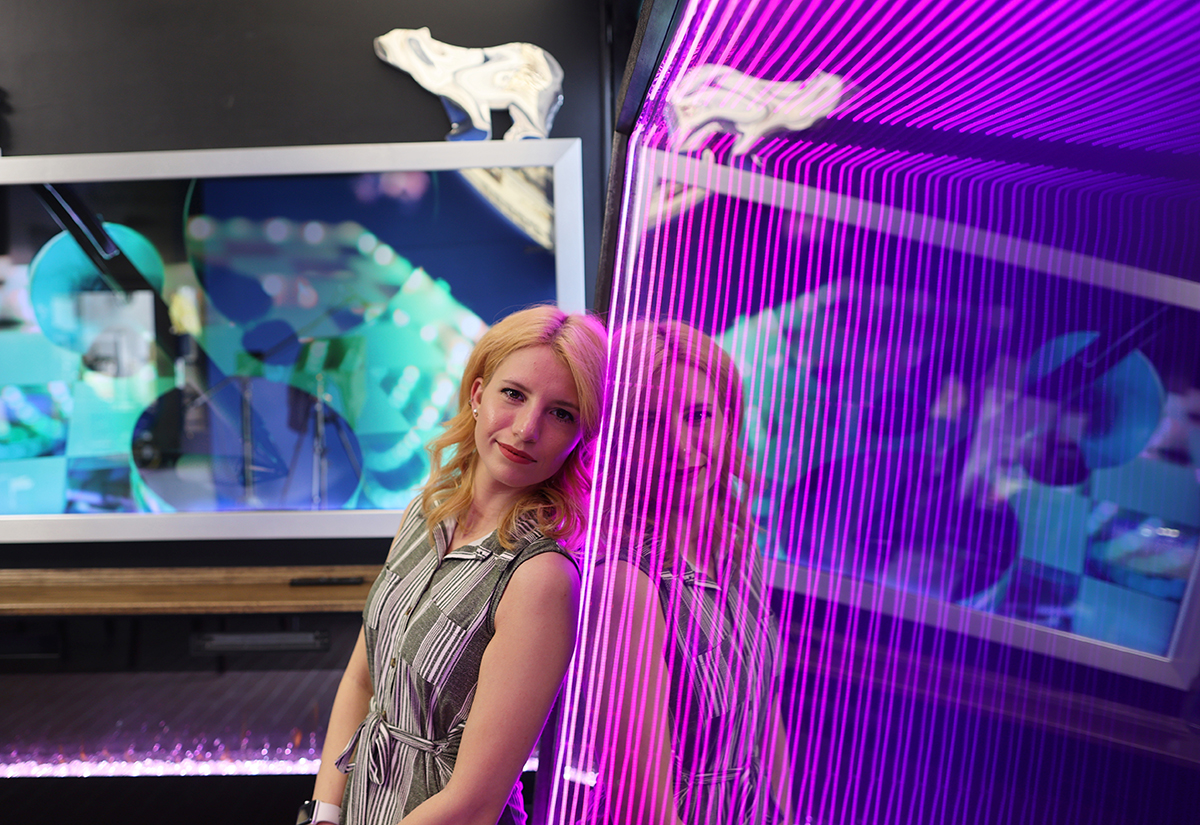
6. Incorporating Mirrors in Self-Portraiture
Self-portraits are an ideal opportunity to play with mirrors, as you can easily see yourself and adjust your pose. Mirrors make it possible to photograph yourself from multiple angles in a single frame, creating a unique self-portrait.
Once again, the First Surface Mirror will allow you to see so many more details!
Self-Portrait Tips:
- Use multiple mirrors for a kaleidoscope-like effect, showcasing different angles of yourself.
- Hold a small mirror to capture a reflection of your eye or face.
- Experiment with lighting, angling the mirror to reflect the light source for dramatic effects.
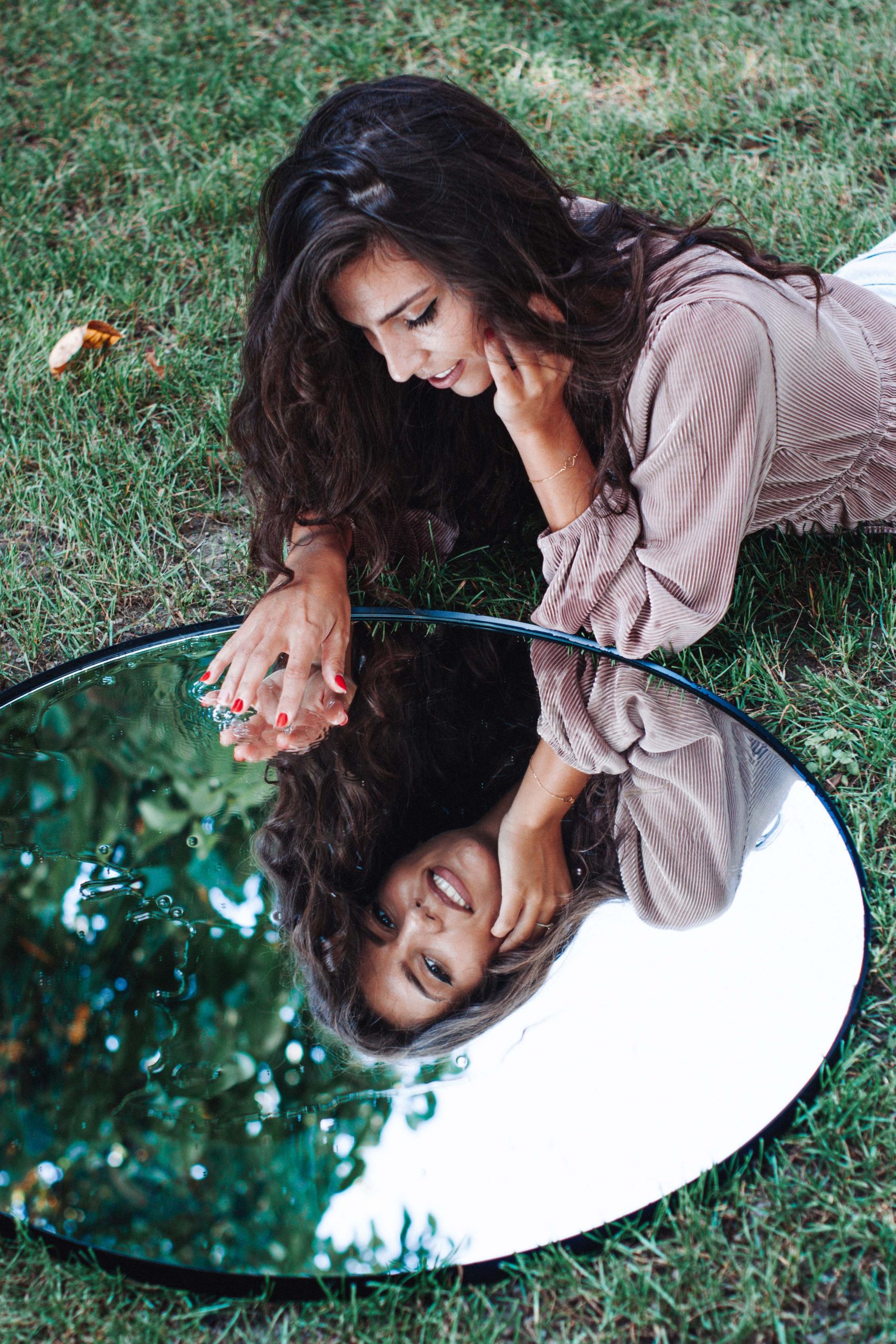
7. Mastering Lighting with Mirrors
Mirrors can act as secondary light sources, especially in controlled environments or studios. They can reflect natural or artificial light onto your subject, softening shadows and highlighting specific areas.
Lighting Tips:
- Place a mirror to reflect sunlight onto your subject for natural, ambient lighting.
- Use mirrors to bounce light into dark areas, filling in shadows for a balanced look.
- Position mirrors off-camera to reflect flash or studio lights, creating a softer illumination that’s ideal for portraits.
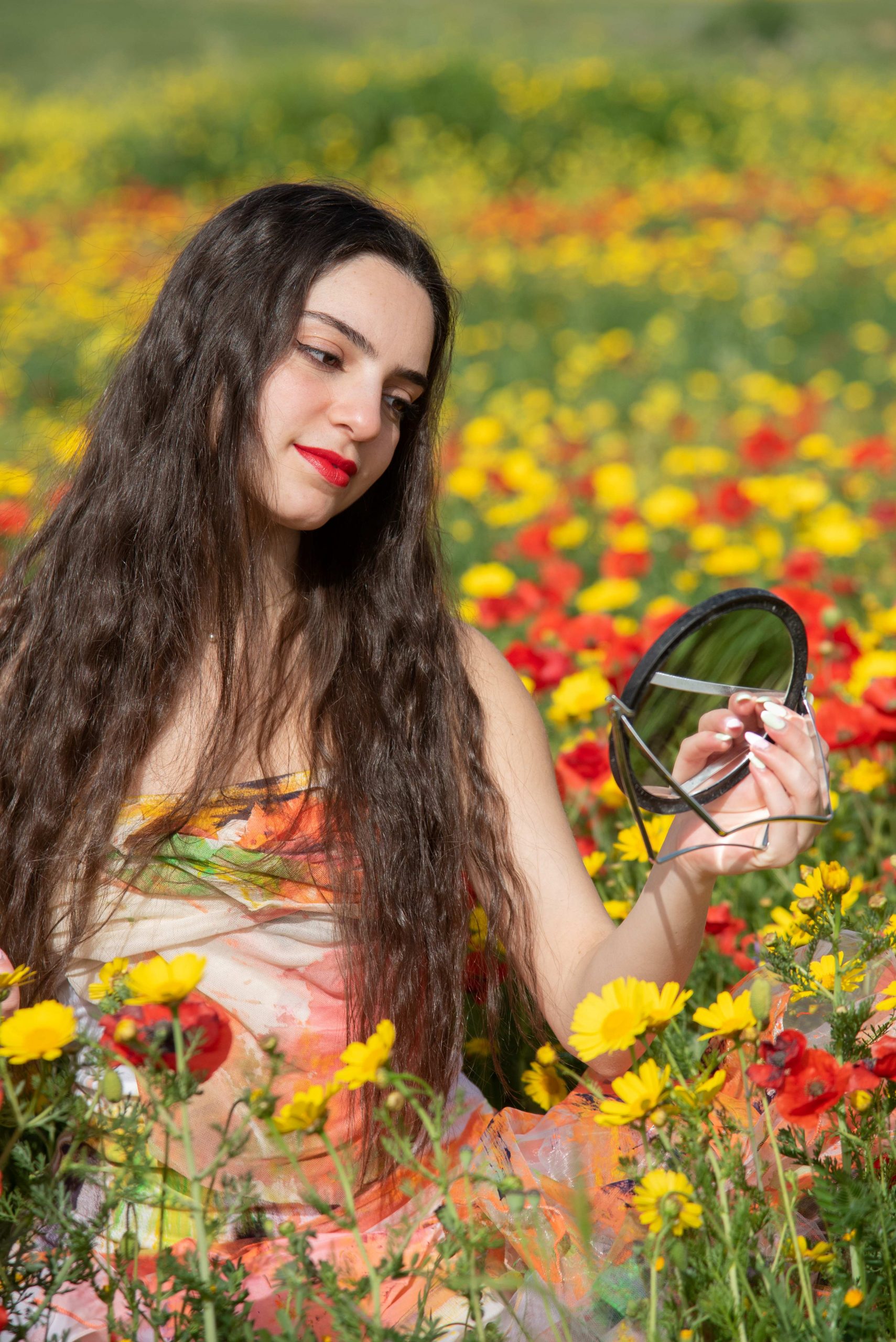
8. Creative Mirror Photography Ideas
- Mirror Fragments: Use broken mirror pieces to create fragmented reflections, adding an artistic touch to your image.
- Mirror Outdoors: Place mirrors in natural environments to capture surreal landscapes.
- Handheld Mirrors: Experiment with hand mirrors for added reflections and focus manipulation.
- Mirror Walls: Use a wall of mirrors or multiple mirrors in one scene to create a kaleidoscopic effect.
Using mirrors in photography is a rewarding creative endeavor that can elevate your photos with unique perspectives, illusions, and artistic effects. Whether you’re shooting portraits, self-portraits, or landscapes, mirrors can enhance your work by adding visual intrigue and depth. Practice experimenting with reflections, angles, and light to make the most of this versatile tool, and you’ll find new, imaginative ways to express your vision.
Mirrors in Photography and Videography:
This video demonstrates how to use a First Surface Mirror to change the background of a photo or video.
The “Father’s Nose Illusion” is an interesting mirror illusion that allows you to morph two faces together!
Infinity Mirrors are a great resource to use when creating unique mirror photos!
Bonus! This isn’t your “traditional” mirror, since it is both transparent and reflective. But you can use the Dielectric Beamsplitter Mirror for unique photography and videography if you put your mind to it! Check out how we created 3D holograms for our videos!
